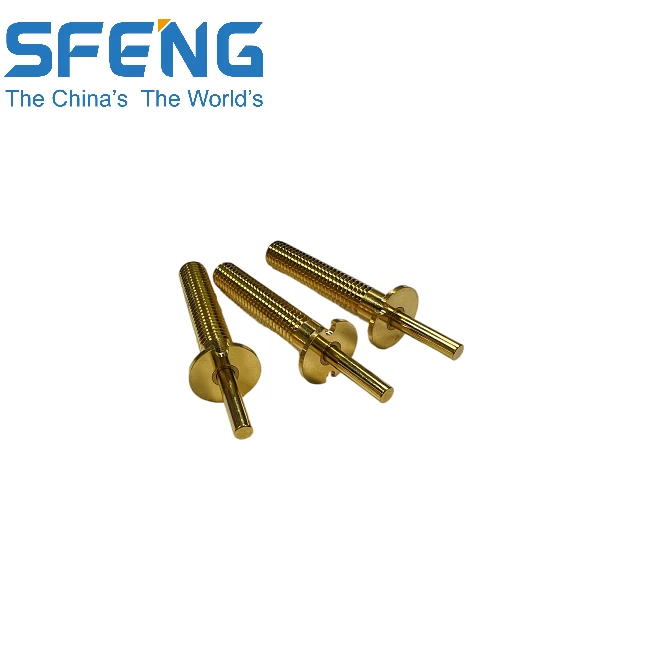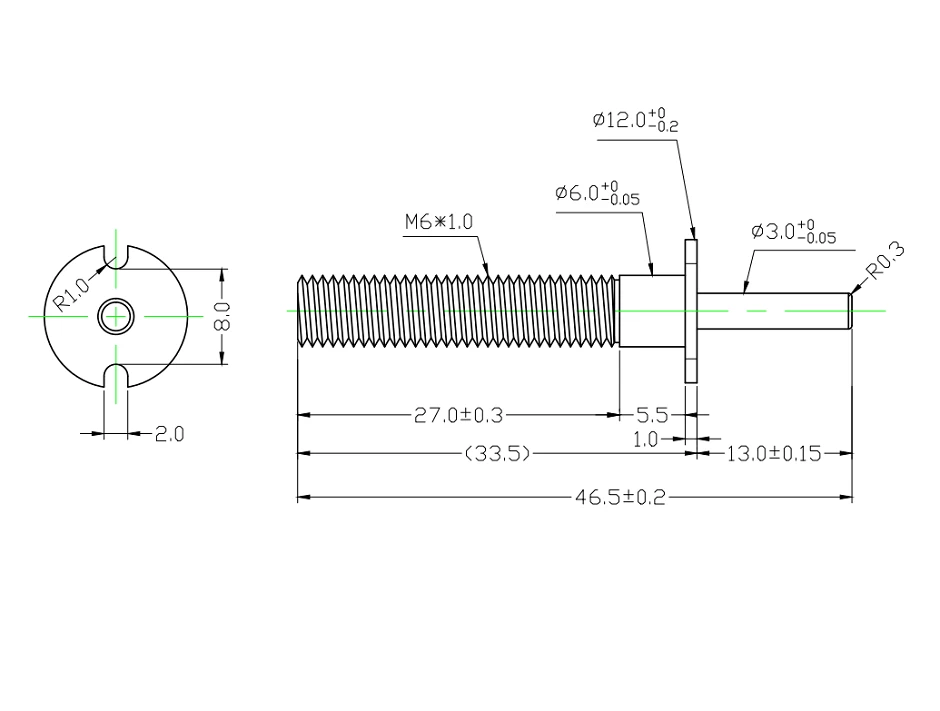Suzhou Shengyifurui Electronic Technology Co.,Ltd.
Suzhou Shengyifurui Electronic Technology Co.,Ltd.
Probe detection is a common material surface analysis technique, which can be used to study the surface morphology, (ICT Test switch probe wholesales china) chemical composition, electrical properties, etc. of materials. The principle of probe detection is to use the interaction between the probe and the sample surface to obtain the information of the sample surface. This article will introduce the principle of probe detection and its application in detail.

The principle of probe detection is mainly based on scanning probe microscopy (SPM) technology. SPM technology is a high-resolution microscopy technique that can observe the topography and structure of material surfaces at the atomic scale. (mobile charger connector pin supply china)The core of SPM technology is the probe, which is a very small probe, usually made of metal or semiconductor materials. The tip diameter of the probe is generally between a few nanometers and tens of nanometers, and the sample surface can be scanned by controlling the position and movement of the probe.
The interaction between the probe and the sample surface mainly includes force interaction and charge interaction. The force interaction includes interatomic force, intermolecular force, electrostatic force, etc. The magnitude and direction of these forces are related to the distance between the probe and the sample surface. The interaction of charges mainly refers to the interaction between charges, including electrostatic interaction and electron cloud interaction. These interactions affect the motion and vibration of the probe, which reflects the topography and properties of the sample surface.

Probe detection has a wide range of applications and can be used to study the surface morphology, (ict testing probes price in india) chemical composition, and electrical properties of materials. For example, probe detection can be used to study the morphology and structure of nanomaterials, detect chemical reactions and adsorption behavior on the surface of materials, and study the electrical and magnetic properties of materials. In addition, probe detection can also be used in the field of biomedicine, such as studying the morphology and structure of cell surfaces, and detecting the interaction of biomolecules.
In short, probe detection is a very important material surface analysis technique, which can be used to study the surface morphology, chemical composition, electrical properties, etc. of materials. The principle of probe detection is to use the interaction between the probe and the sample surface to obtain the information of the sample surface. Probe detection has a wide range of applications and can be used to study nanomaterials, biomedicine and other fields.